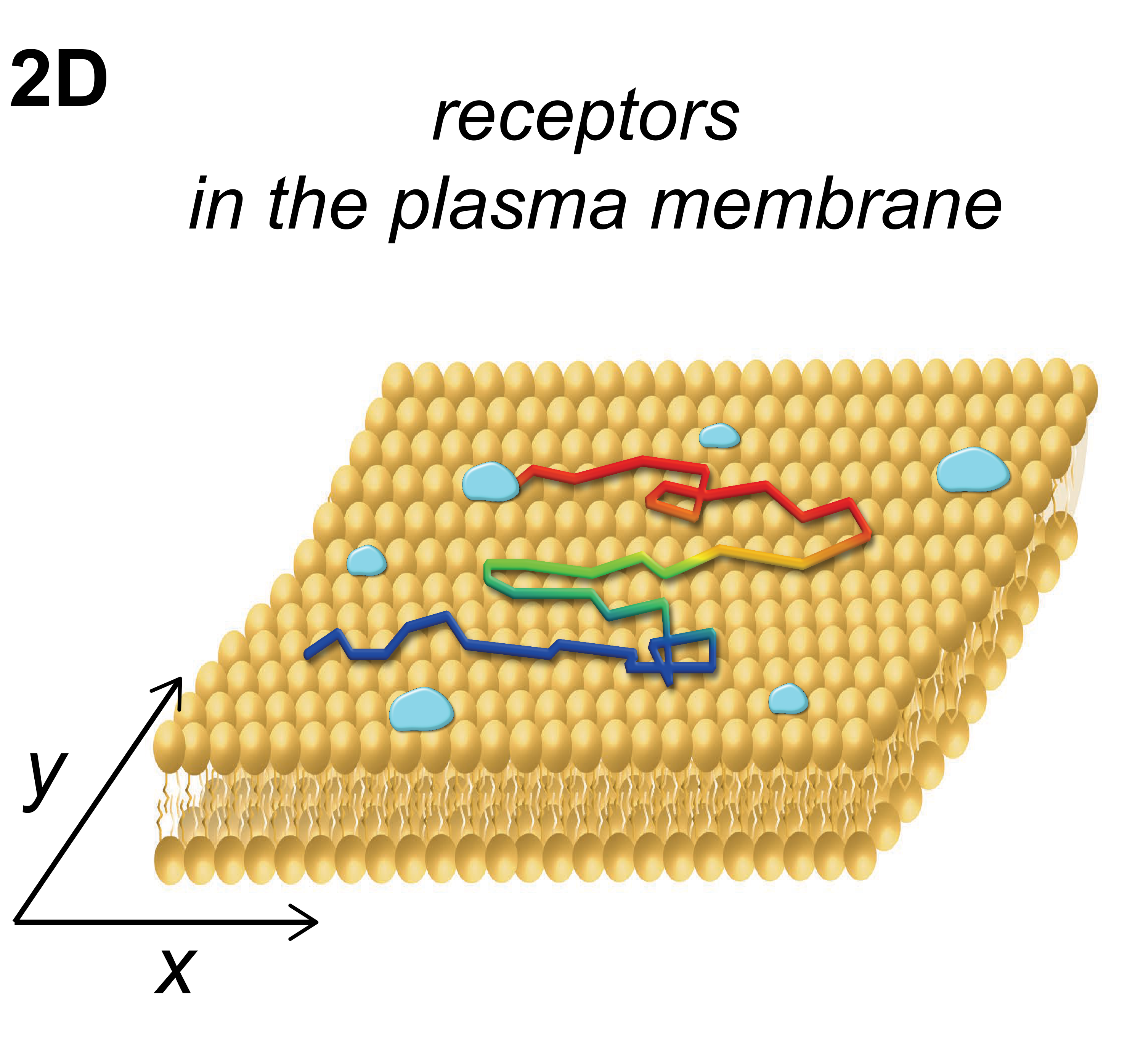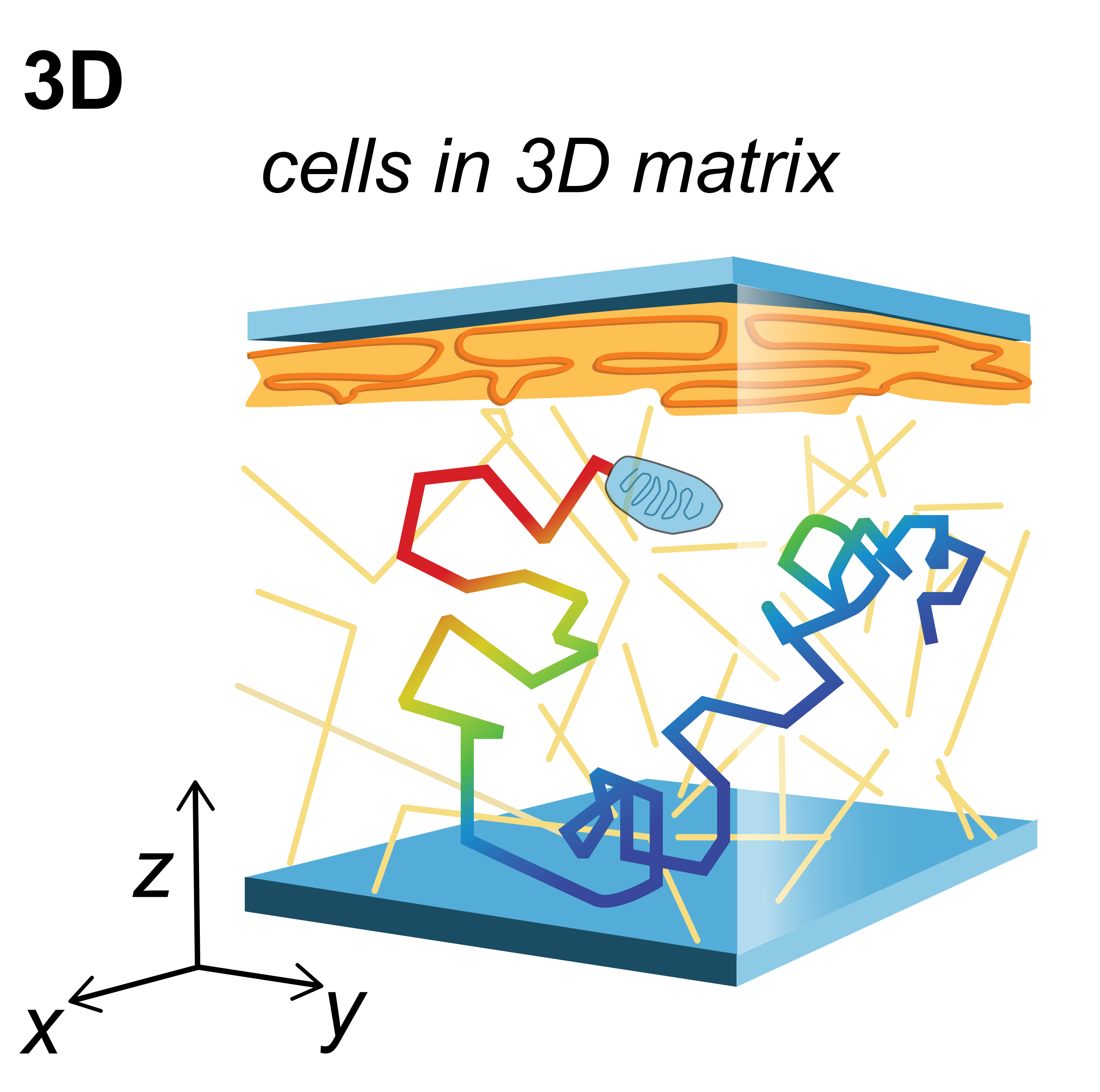Perspective
Since Albert Einstein provided a theoretical foundation for Robert Brown’s observation of the movement of particles within pollen grains suspended in water, significant deviations from the laws of Brownian motion have been uncovered in a variety of animate and inanimate systems, from biology to the stock market. Anomalous diffusion, as it has come to be called, is a widespread phenomenon connected to non-equilibrium phenomena, flows of energy and information, and transport in living systems.
Just focusing on life sciences, identifying its underlying mechanism is a crucial step to understanding, for instance:
-
- the motion of sub-cellular components
- the uptake of drugs
- lateral segregation of plasma membrane components
- the role of chromatin diffusion in gene regulation
- … and many more!

Indeed, anomalous diffusion can be found across all scales and dimensions! Here are few examples of molecular particles:
However, the measurement of these properties from the data analysis of trajectories is often limited, especially for trajectories that are short, irregularly sampled, or featuring mixed behaviors. In the last years, several methods have been proposed to quantify anomalous diffusion, going beyond the classical calculation of the mean squared displacement. The ultimate goal is to provide a computational tool to be used conventionally in experiments from a large variety of fields (we have already applied it to ultracold atoms, membrane cells, etc) for which the short, irregularly sampled, mixed trajectories measured hinder to characterize the kind of diffusion with the traditional averaged strategies.
To tackle these needs, we are developing the AnDi Challenge(s), a series of online competitions aimed to push the development of methods to characterize anomalous diffusion!
⇒ The results of the AnDi Challenge 2020 now published in the article:
Muñoz-Gil et al. “Objective comparison of methods to decode anomalous diffusion“, Nat. Comm. 12:6253 (2021).
⇒ The second edition is currently live! Check the Challenge 2024 tab to learn all the details.



